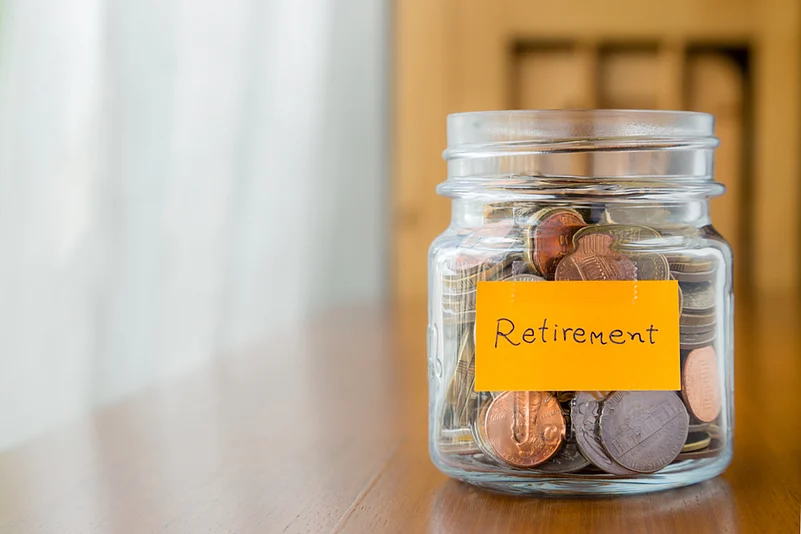Build a retirement portfolio with a good mix of market-linked investments and fixed income.
Retirement is the end of earning period for many, unless one chooses to continue even after retirement. For retirees, making the best use of their retirement corpus is to choose investment options, which can generate stable income. Building a retirement portfolio with a mix of market-linked investments and fixed income could be a big challenge for many retirees.
The few investment options to build a portfolio could be a good mix of the following products:
Senior Citizens' Saving Scheme (SCSS)
The first choice for many retirees is the Senior Citizens' Saving Scheme (SCSS), which is a must-have in their portfolios. The scheme is available only to senior citizens or early retirees and can be availed from a post office or a bank. Early retirees can invest in SCSS, provided they do so within three months of receiving their retirement funds. The scheme has a five-year tenure, which can be further extended by three years upon maturity.
Advertisement
Post Office Monthly Income Scheme (POMIS) Account
Post Office Monthly Income Scheme (POMIS) is a five-year investment with a cap of Rs 4.5 lakh under single ownership and could be doubled to Rs 9 lakh under joint ownership. Multiple POMIS accounts can also be opened to increase your investment.
The interest rate is set each quarter and is currently as of June 2020 at 6.6 per cent per annum, payable monthly. The investment in POMIS is not eligible for any tax benefit and the interest is fully taxable.
Mutual funds (MFs)
Investing your income portion and later a part of your retirement funds in equity-backed products can gather better returns than any of the above options. Since income from retirement is also subject to inflation, most portfolios require instruments with higher inflation-adjusted returns to beat the curve. When you are retiring early or when the non-earning period extends another two decades or more, equity mutual funds can help in safeguarding your income.
Advertisement
Depending on the risk tolerance, you can allocate a certain percentage of your income/savings into equity mutual funds with further diversification across large-cap and balanced funds.
Retirees would be advised to stay away from thematic and sectoral funds, as the idea is to generate a stable income instead of focusing on high but volatile returns.
Tax-free bonds
If you start your retirement planning early, you can include tax-free bonds in your portfolio. However, retirees should note a few things before investing in tax-free bonds. First, they are long-term investments that mature in 10, 15 or 20 years. Invest in tax-free bonds only if you are sure that you will not require the funds for such a long period. Second, as the name suggests, the interest is tax-free, therefore there is no Tax Deducted at Source (TDS) applicable.
Primarily government-backed institutions issues tax-free bonds such as Indian Railway Finance Corporation (IRFC), Housing and Urban Development Corporation (HUDCO), Power Finance Corporation (PFC), NTPC , National Highways Authority of India (NHAI), Rural Electrification Corporation (REC) and Indian Renewable Energy Development Agency.
Immediate Annuity Plans
Immediate annuity plan is another way to receive regular income immediately after your income has stopped. These plans are offered by most insurance companies, where you get a regular income at a predefined frequency.
These plans can be started with a one-time payment, which is called purchase price. The person, on whose life the annuity is paid, is called annuitant. There are options wherein the plan can be taken on a joint life and the spouse can also be covered.
Advertisement
With immediate annuity plans you get a regular income for your life time, which ensures financial security for your family. Also it gives an option to leave a legacy for your loved ones by offering a return of purchase price.
The author is Senior Vice President Master Capital Services















 Just one email a week
Just one email a week